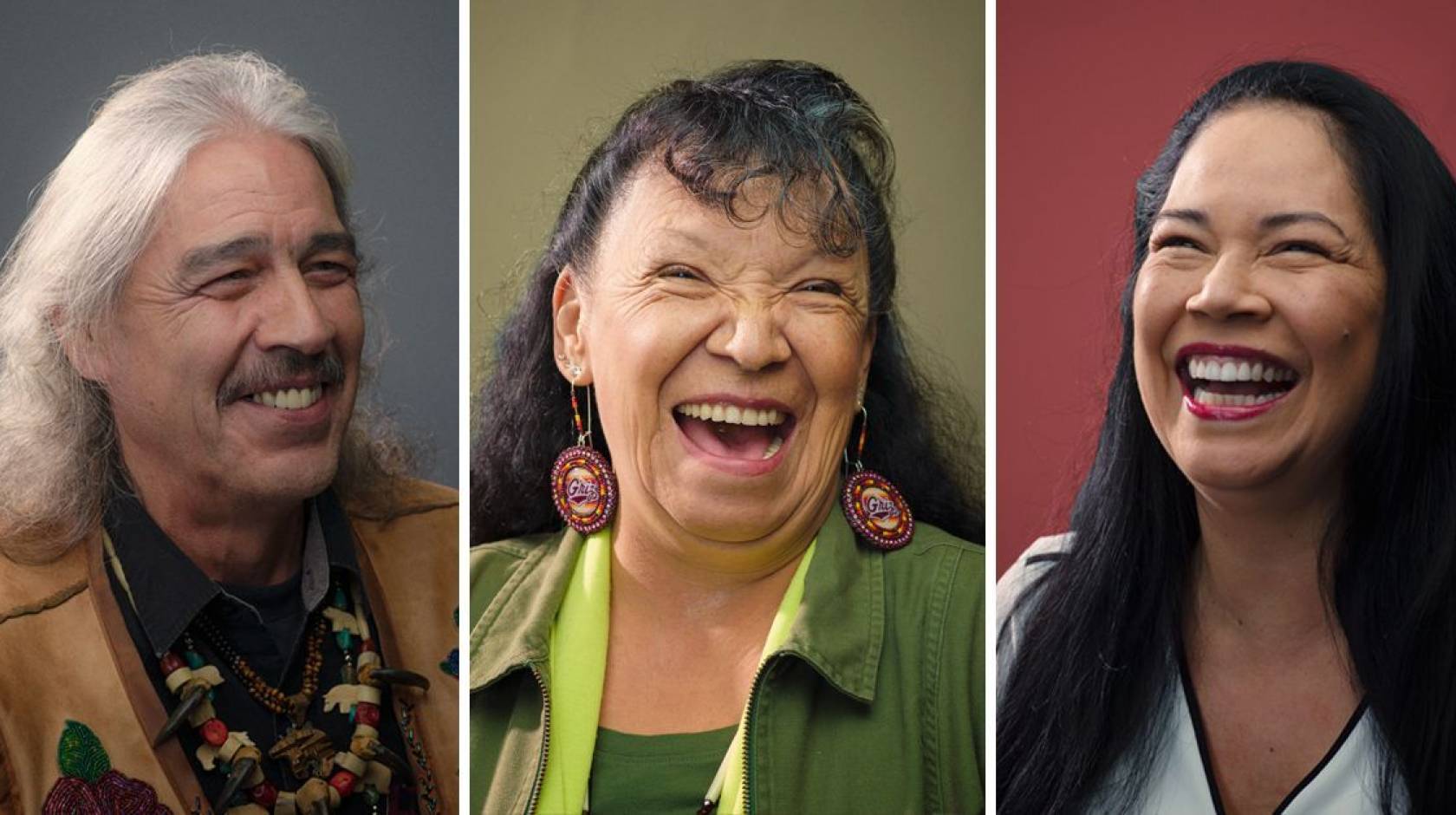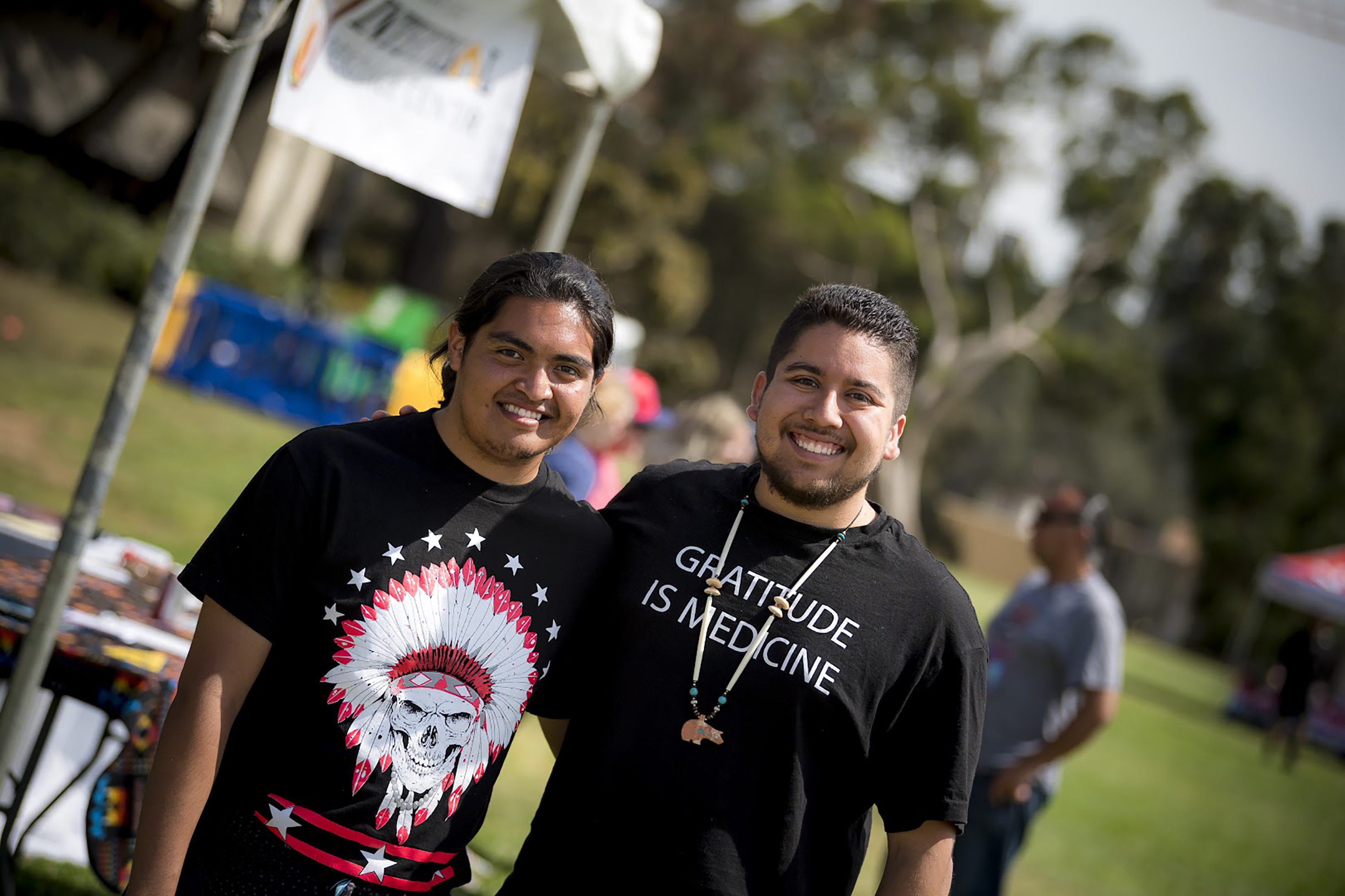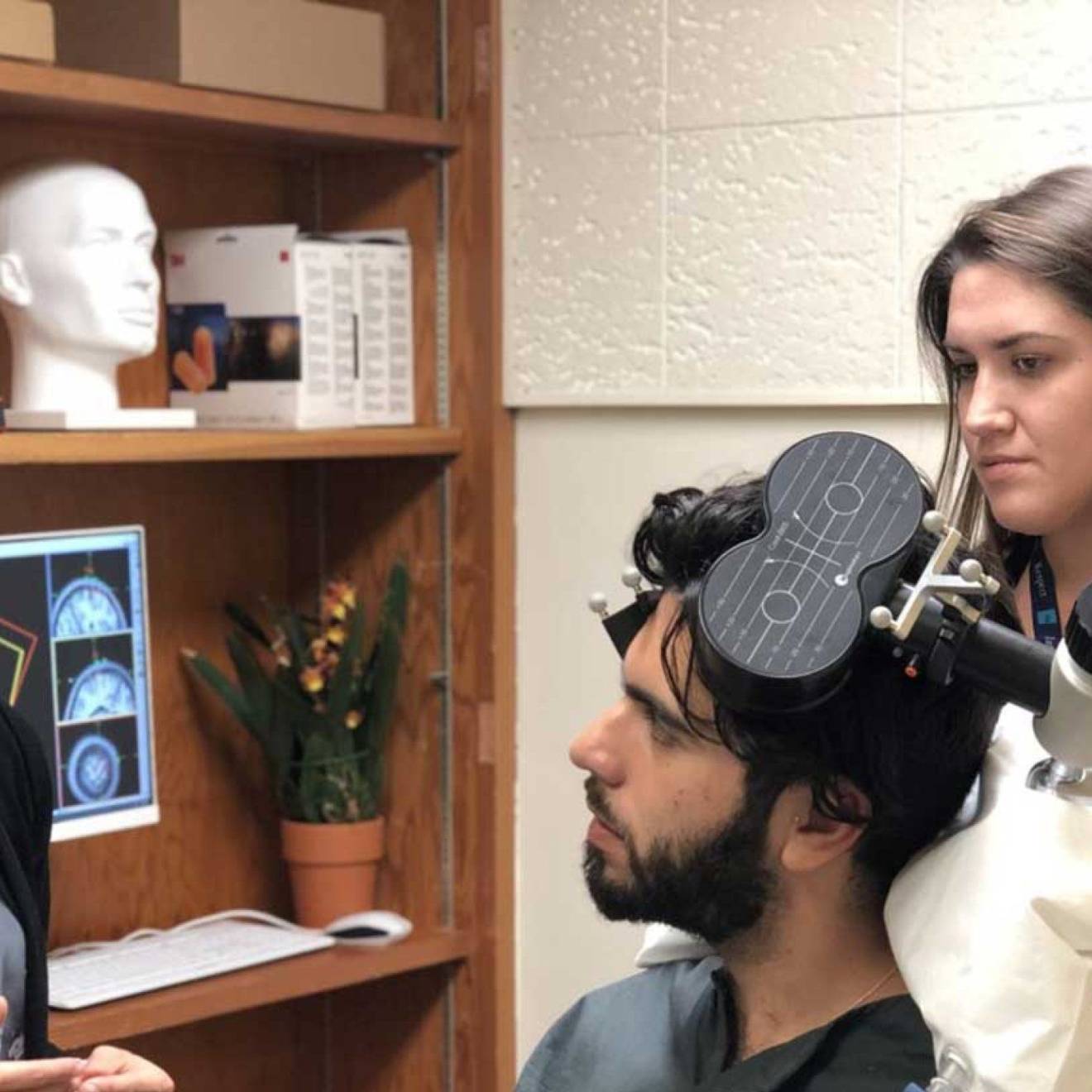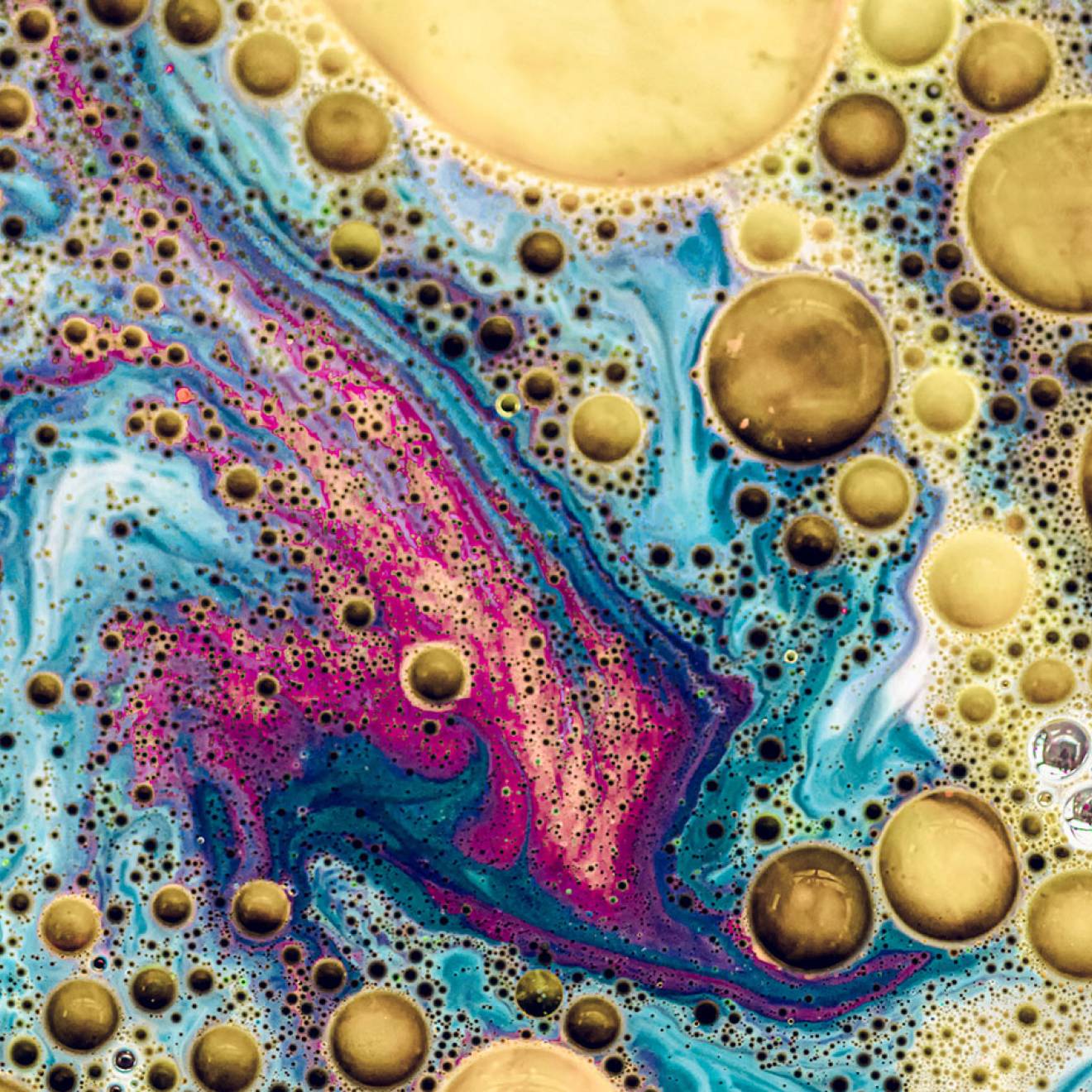Erika Johnson, UC San Diego

Raised by parents who were photographers, Ryan RedCorn was exposed to the power of storytelling at a young age. Today he’s a multi-talented filmmaker, photographer, screenwriter and graphic designer, as well as a writer and story editor on the critically acclaimed Hulu series, “Reservation Dogs”–the first television series to feature all Indigenous writers and directors. He is also co-founder of “The 1491s,” a popular sketch comedy group that has been featured on “The Daily Show.”
To kick off Native American Heritage Month, RedCorn will visit UC San Diego to speak about how he’s reshaping the narrative of Indigenous people — pivoting from an overabundance of sad stories to ones that more accurately depict Native Americans as thriving. All are invited to attend his opening keynote talk at 11 a.m. on Nov. 9 in Price Center West Ballroom, which centers on the campus’s 2023 theme of “Storytelling and Humor as Healing.”
“This month is an opportunity for all campus members to learn about the diverse histories, rich traditions and important contributions of Native American people,” said Chancellor Pradeep K. Khosla. “Storytelling and open conversation infused with humor can be transformative, shifting assumptions into understanding. Let’s all engage in listening and learning this November in partnership with our valued Native American community members.”

Promoting joy through portraiture
One of the ways RedCorn achieves his vision of improving Native American representation is through portrait photography. His goal is to present more images—and more accurate portrayals—of Indigenous people while giving his subjects complete control over the clothing, environment and expression they’d like to present. “They all have their own way that they bring, families that they represent; there’s no reason to interfere with that,” explained RedCorn, who is part of the Osage Nation. “It’s the process of pursuing joy and creating images that make people happy.”
His other tactic for making people happy? Humor. In 2009, RedCorn became one of the co-founders of “The 1491s,” a self-described “gaggle of Indians chock full of cynicism and splashed with a good dose of Indigenous satire” who got started making funny videos for YouTube and have since gone viral. Their performances range from a no-nonsense medicine man slapping sense into his patients to overzealous salespeople in the “The Indian Store” and a contest to decide who is more “Indianer.”
“I’m trying to add to the humanity of Indigenous people, whether that’s through photography, design, film or television,” explained RedCorn.
Humor can heal
While some might dismiss humor as frivolous, being able to find amusement even during times of trial is a value among Native American cultures. In fact—it’s a pathway to healing, says UC San Diego School of Medicine student Katie Mostoller.
“An unfortunate perspective that is imposed upon Native American people from non-Native people is this concept of finality, that we’re a defeated people or that we don’t have hope,” said Mostoller, a tribal citizen of the Cherokee Nation. “But when you start to spend time with Native people, you realize they’re funny as hell. That’s because it’s a pathway to resilience—we have cracked the code of persisting through an apocalypse.”
Values like humor as well as humility, respect and tradition are essential knowledge to have when training to become a physician who will serve communities in Indian Country. UC San Diego’s Program in Medical Education – Transforming Indigenous Doctor Education (PRIME – TIDE) fulfills this need, which is exactly what drew Mostoller to San Diego. UC San Diego and UC Davis are the only University of California campuses that offer a PRIME program focused on the health of Native American and Indigenous communities.
“When I found out about UC San Diego’s PRIME-TIDE program, it was a no-brainer,” said Mostoller, who was part of the first cohort of the program when it began three years ago. “Plus, I really wanted to see a dolphin!”

Enrolled in the Medical Scientist Training (MST) Program, Mostoller will earn both an M.D. and Ph.D. over an eight-year period while focusing her studies on providing good care for Indigenous people. This involves recognizing that in Native American cultures, illness is not restricted to the physical body. There are many dimensions—including the quality of relationships between the spirit, mind, land, family and higher powers—that need to be considered on the path to wellness.
In addition to visiting local clinics and shadowing doctors at the Rincon and Santa Ysabel Reservations, Mostoller and her peers intentionally make time to reinforce their cultural values. For instance, the group recently took part in a ribbon skirt-making workshop, part of traditional regalia for many tribes; Mostoller also led a beading workshop. “We’re all incredibly busy, but we prioritize time to be in community and practice these things that keep us rooted in our goal of engaging in medicine for the love of Native people,” said Mostoller.
Having a strong bond with other Native students at UC San Diego has been instrumental in her success. Mostoller explained she never imagined moving away from her family, and the rigors of medical school can be overwhelming without a strong support network. “When you apply to medical school, it becomes even more important to have that cultural stability and familial presence,” she said. “We’re starting to build that family at UC San Diego. This is becoming a very special place for Indigenous people to receive their education.”
A new home for the Intertribal Resource Center
Fostering family among the Native American community at UC San Diego is also the mission of the campus’s Intertribal Resource Center (ITRC), part of a network of seven campus community centers within the Office for Equity, Diversity and Inclusion. For more than 10 years the center has provided a space to build community, receive academic support and mentoring as well as gain leadership skills and participate in social activities. The ITRC welcomes all undergraduate and graduate students, with a focus on the experiences of American Indian, Alaska Native and Indigenous students.

This fall the center moves to the first floor of the Student Services Center Building (where the Raza Resource Centro was formerly located). The new space allows for expanded programming and community engagement to better meet the needs of Native American students and communities for years to come. Additionally, a search for the new center director is under way this fall. When filled, this new leader will continue to grow opportunities for ITRC and serve as a highly valued liaison to local tribes.
Each November the Native American Heritage Month planning committee, led by the ITRC, creates a series of programs to recognize the achievements and contributions of Native American people and tribes. The collaborative group of students, faculty and staff are committed to increasing the Native American presence on campus, supporting Native American students and honoring our local tribal communities. Visit the Native American Heritage Month website to learn more.
Land Acknowledgement
The UC San Diego community holds great respect for the land and the original people of the area where our campus is located. The university is built on the un-ceded territory of the Kumeyaay Nation. Today, the Kumeyaay people continue to maintain their political sovereignty and cultural traditions as vital members of the San Diego community. We acknowledge their tremendous contributions to our region and thank them for their stewardship.

